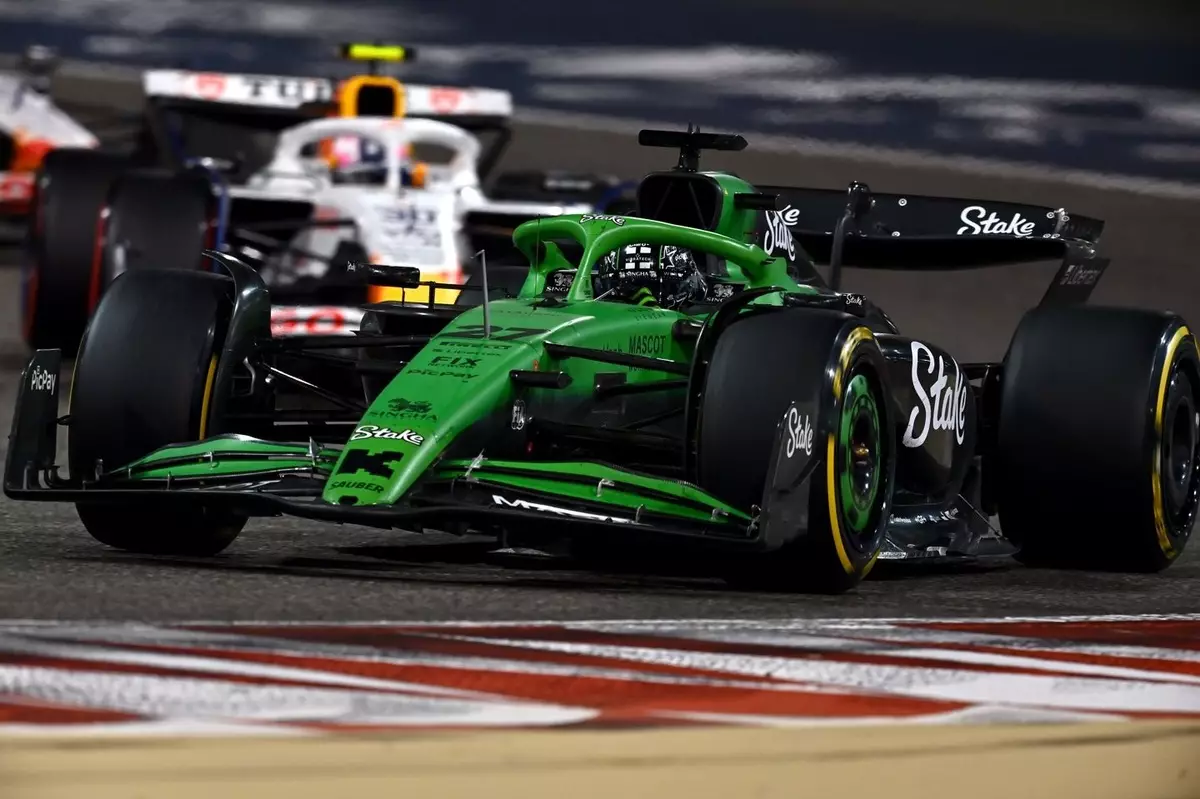In the world of Formula 1, the sting of disqualification can reverberate far beyond a single race. The Sauber Formula 1 team recently faced such a setback during the Bahrain Grand Prix when Nico Hulkenberg, who finished 13th, was disqualified due to a technical violation concerning the thickness of his skid plank. This incident, which marked the second occurrence of disqualification for skid wear within the season, serves as a harsh reminder of the razor-thin margins governing the sport. The crucial standard for skid plank thickness is set at 9mm, and Hulkenberg’s car was found wanting at just 8.4mm.
Following the disqualification, Beat Zehnder, Sauber’s team principal, expressed the team’s bewilderment regarding the wear and tear on the skid plank. The significance of pre-race checks, including the measurements during practice sessions, cannot be overstated; yet, the team could not ascertain why their adjustments had failed. Zehnder noted that a lack of reference data, particularly from the limited laps completed in FP3, might have contributed to the mishap. However, he emphasized that excuses were not the path forward, and proactive measures must be taken to avoid a recurrence.
Understanding the Complications of Circuit Conditions
One cannot overlook the role of circuit characteristics in such technical failures. The Bahrain circuit, known for its bumpiness, presents unique challenges that can amplify the wear on components like the skid plank. While Zehnder acknowledged these difficulties, he also stressed that such factors should not serve as a crutch. In the formula racing landscape, resilience and adaptability remain crucial traits for teams facing adverse conditions.
As race strategies unfold on regions afflicted by pulsating surfaces and dangerous kerbs, drivers and teams must strike a balance between aggressive racing and technical compliance. This is a delicate art—one that unfortunately eluded Sauber this time around. If the team harbors aspirations of climbing the grid, it must embrace a sharper focus on these intricacies, transforming this setback into a pivotal learning moment.
Performance and Competition Dynamics
The climate within Formula 1 this season represents a highly competitive environment where technical performance is paramount. With Sauber only able to score points in the unpredictable weather conditions of the Australian Grand Prix thus far, questions regarding their overall competitiveness remain. The team’s current trajectory necessitates a closer examination and optimization of their car’s performance, especially in comparison to rivals.
Zehnder’s remarks hint at a deeper issue affecting not just their immediate results but also their long-term strategy. The need to find extra tenths in laps should not seem like a minor adjustment; rather, it signals a critical gap in performance that could jeopardize their competitive standing. As teams leverage advancements in technology and aerodynamics, Sauber must explore innovative avenues to enhance their car’s pace. The difference between competing for points or lingering at the back of the grid could hinge on minute adjustments—each millisecond counts.
Looking Ahead: The Path to Redemption
While the Bahrain Grand Prix marked a setback, it also clarified the direction Sauber must take moving forward. As they regroup and analyze their performance, a strong emphasis on consistency and precision in technical regulations is essential. The collective experience of the team, combined with their eagerness to learn from past errors, will be crucial in shaping their future races.
Points scoring will require more than just navigating the circuit effectively; it will also demand tactical skill in qualifying, a meticulous approach to race day strategies, and the tactical adaptations necessary for overtaking in congested field conditions. The pursuit of free air, as Zehnder articulated, illustrates the essential need to position their cars favorably, an objective that goes beyond sheer speed.
In the gritty world of Formula 1 racing, nothing is a foregone conclusion. As Sauber steps forward, they may find that from this disqualification springs an opportunity for renewed focus, innovation, and ultimately, triumph in their relentless race against the clock and competition.

